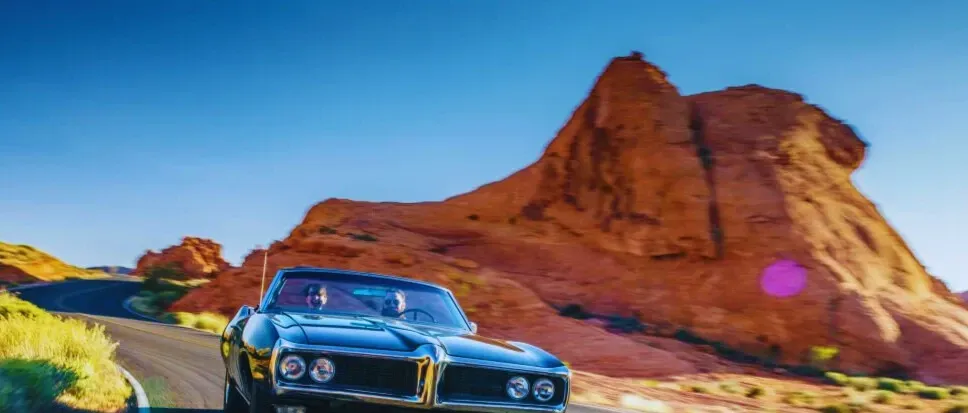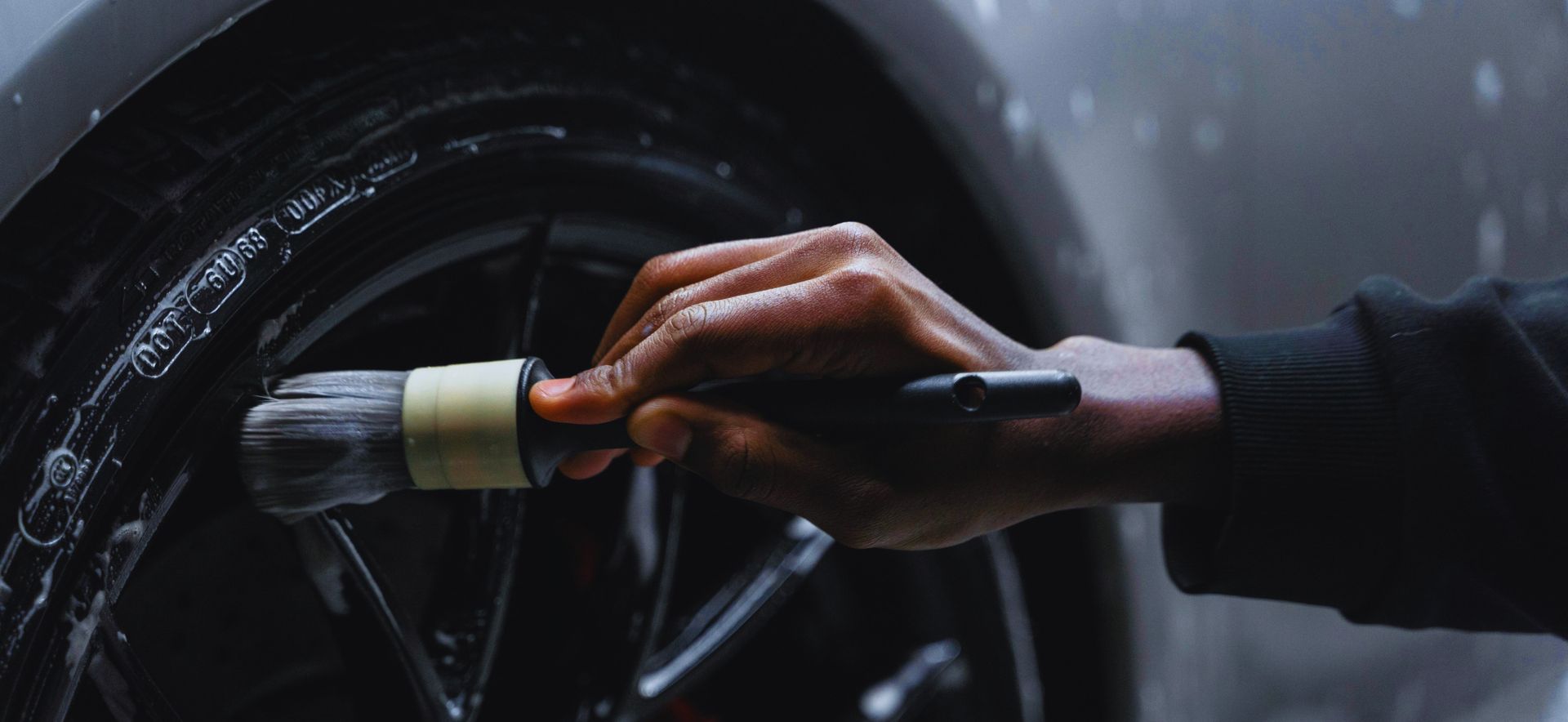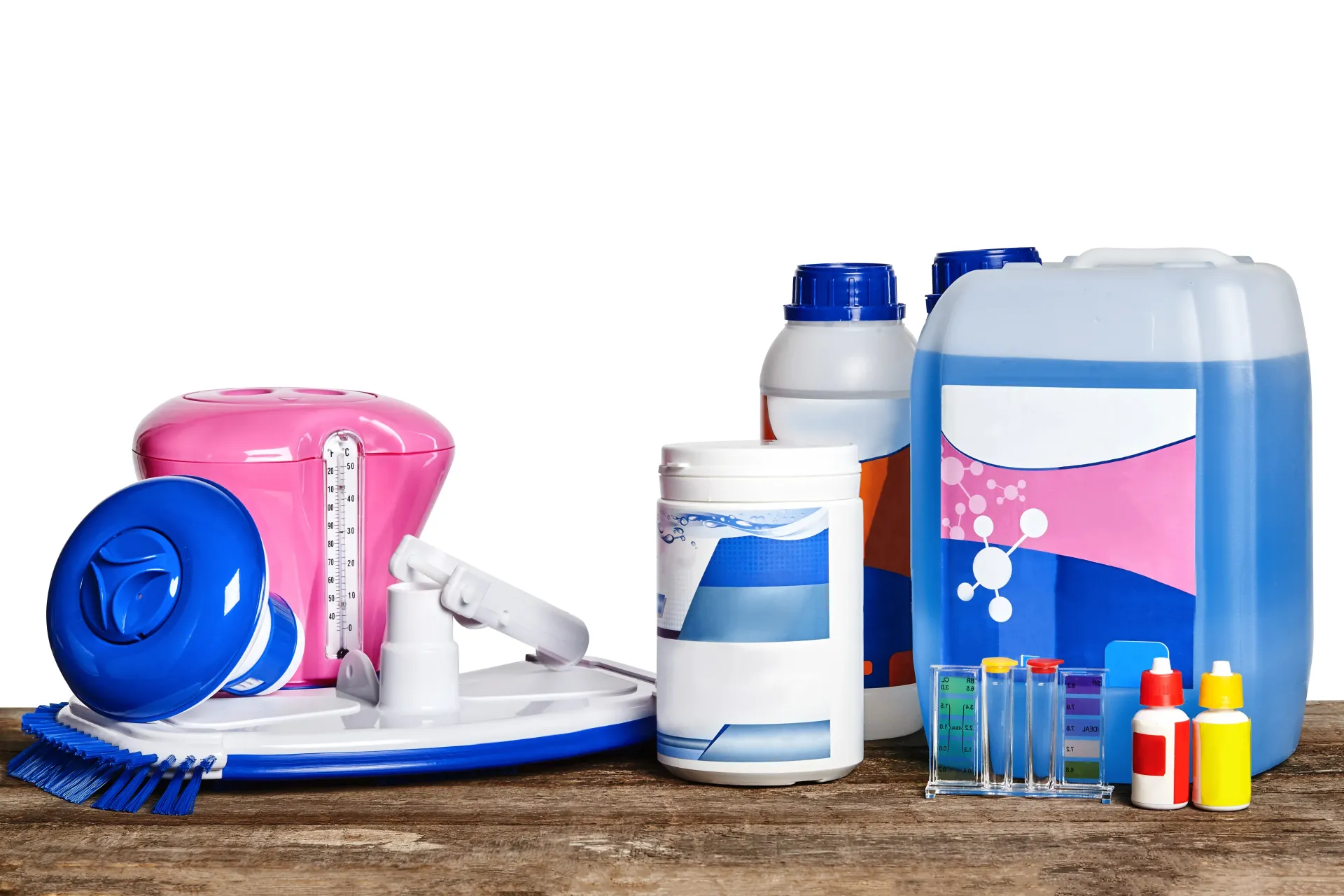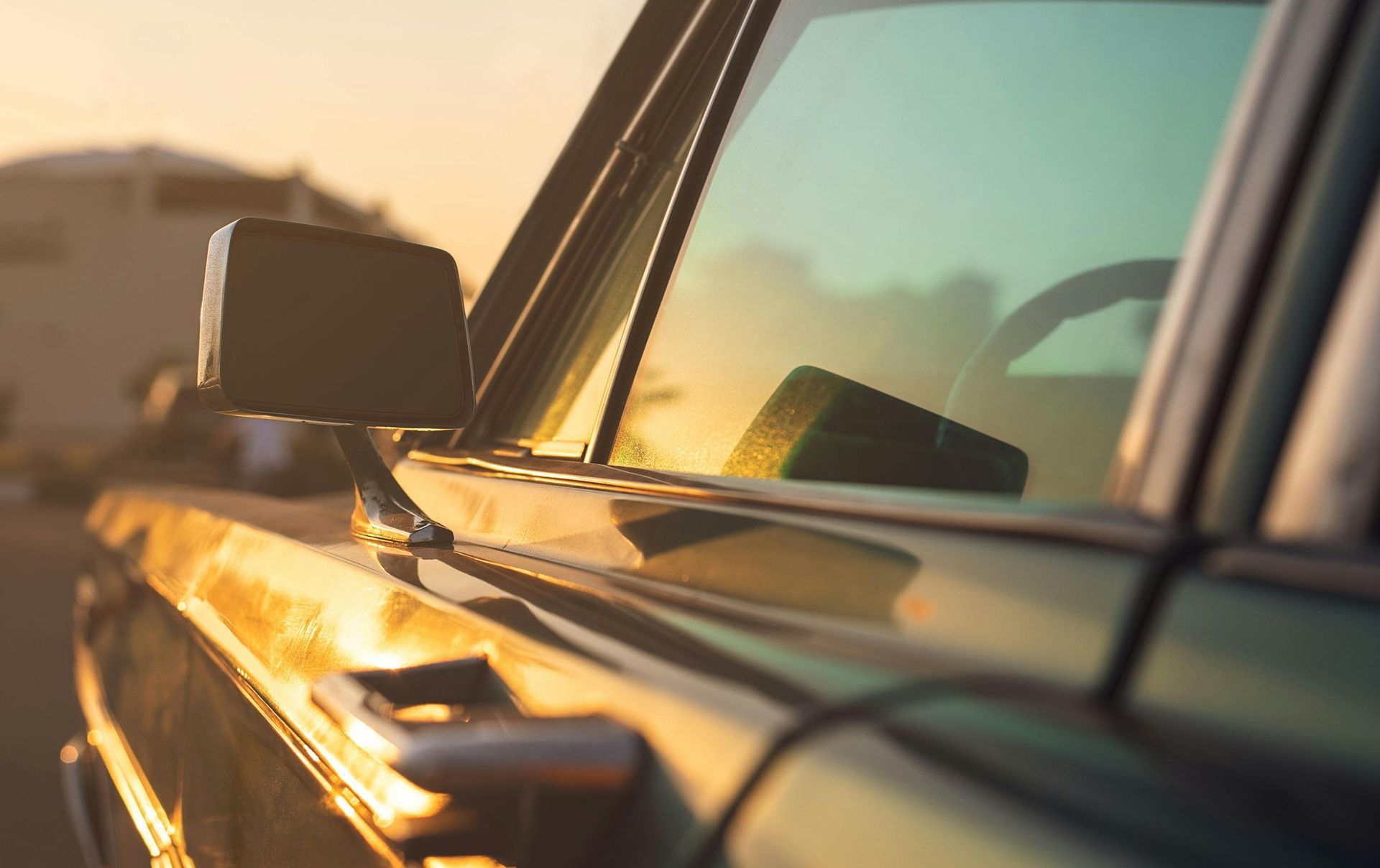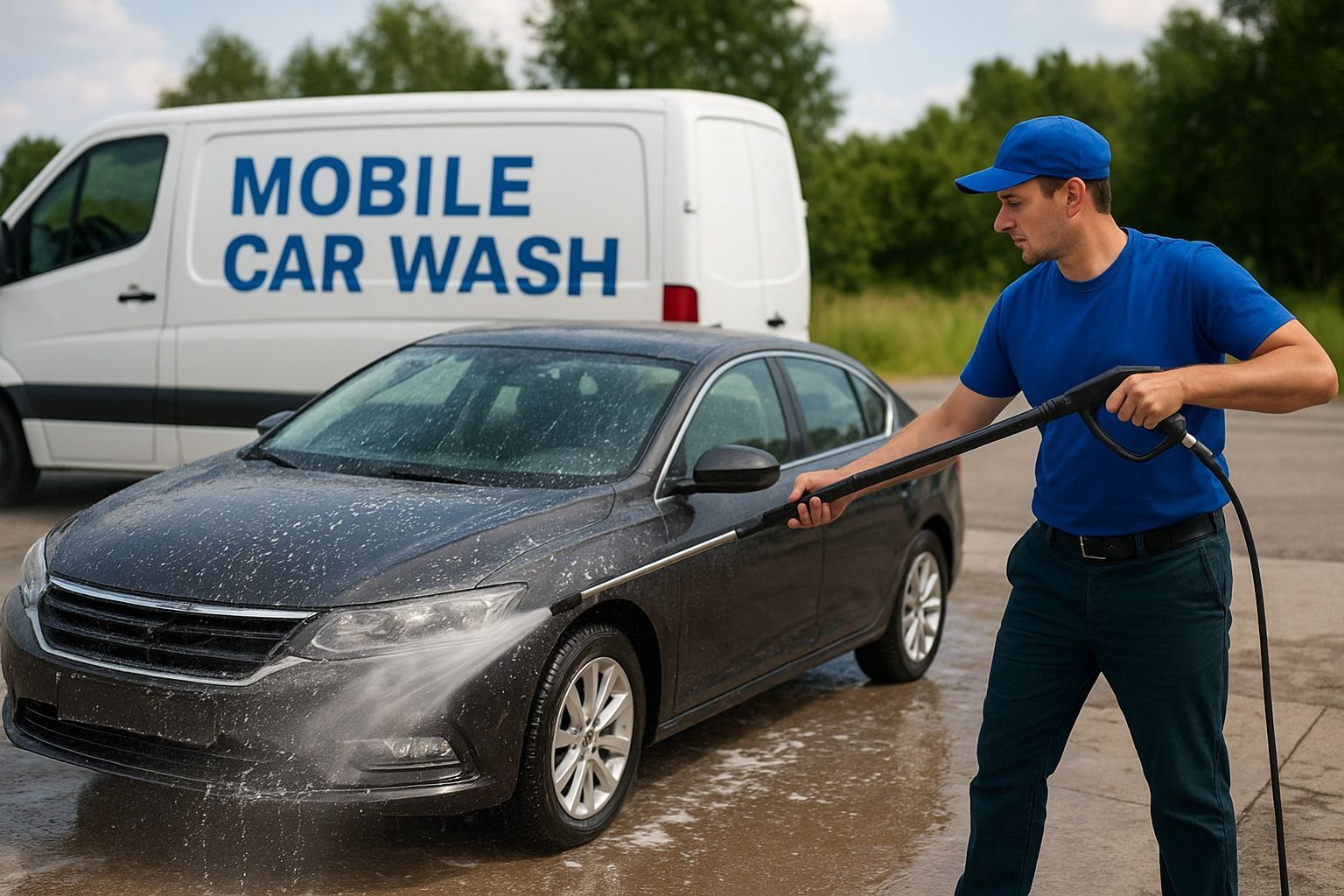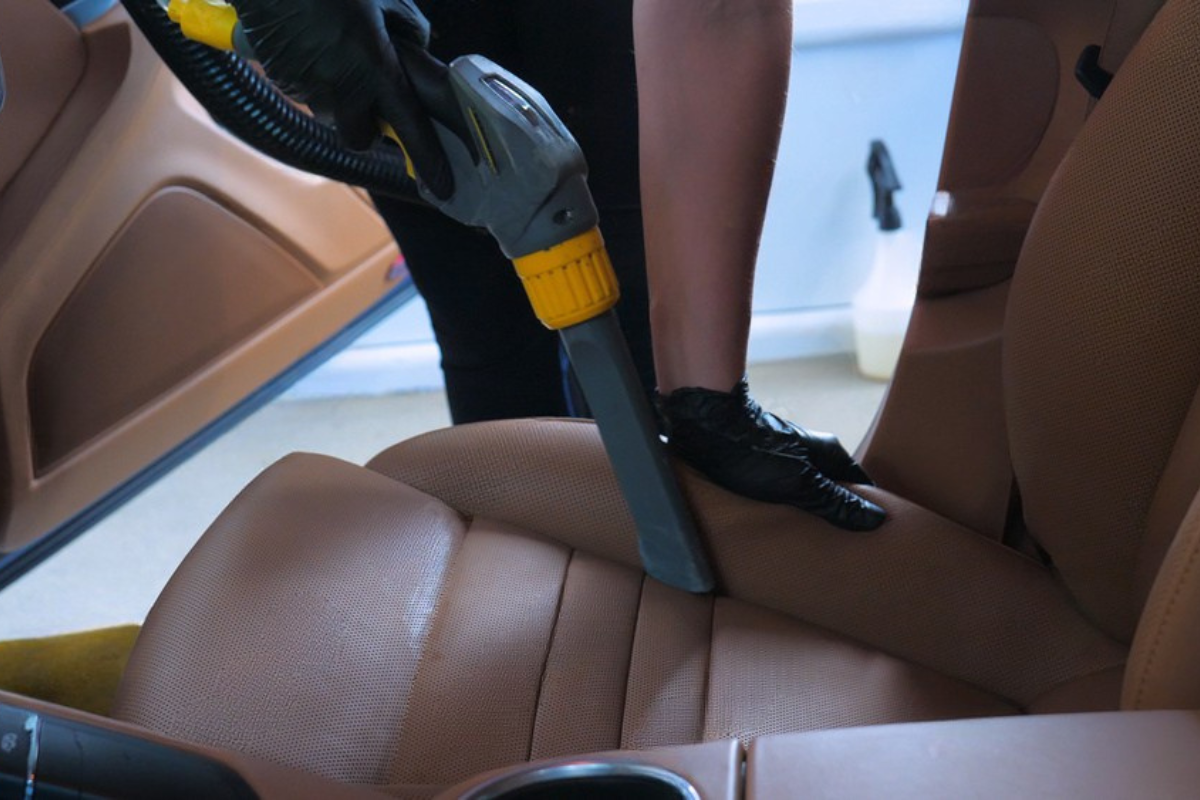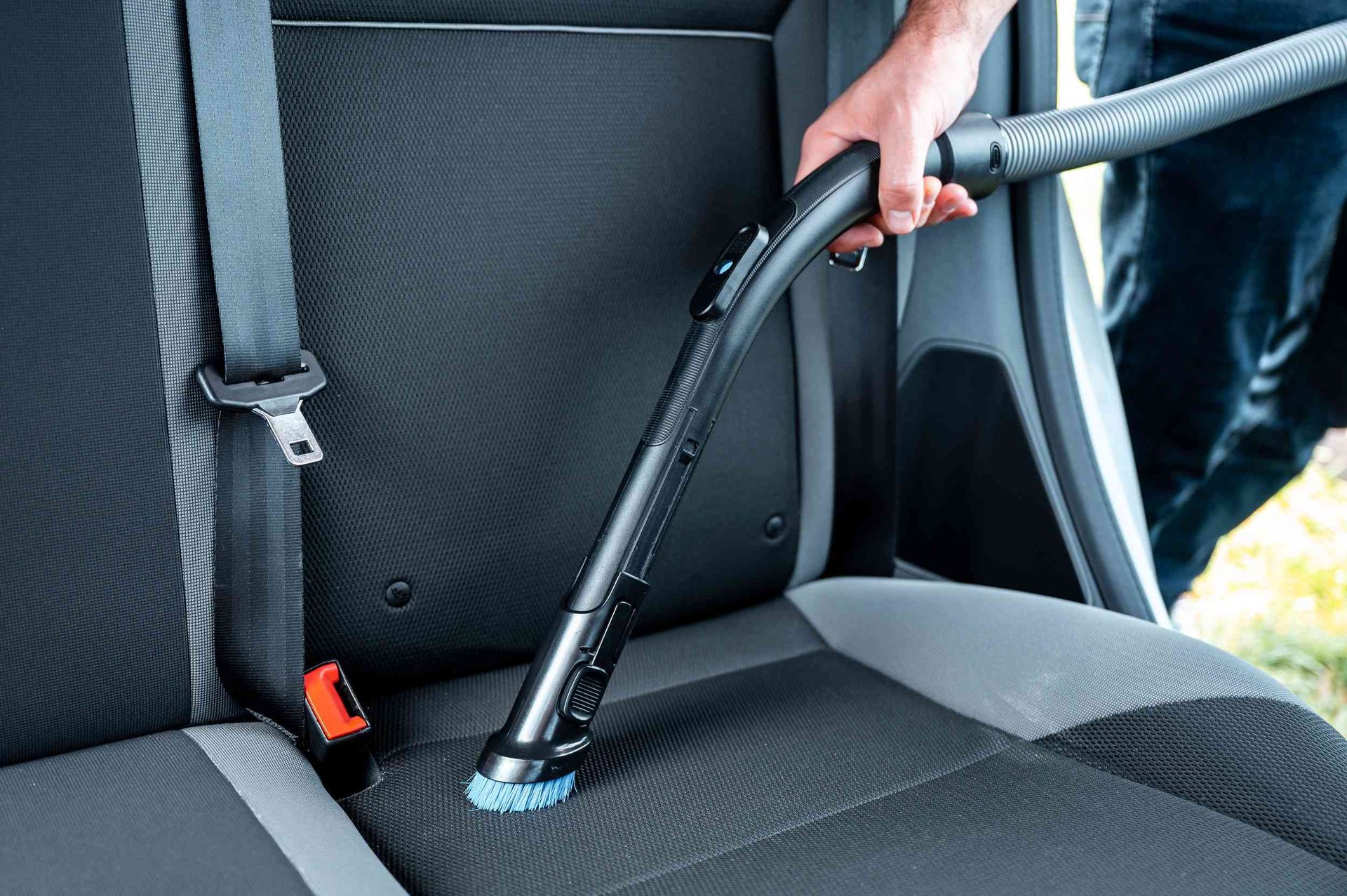Ceramic Coating: Is It Suitable for All Kinds of Vehicles?
Ceramic coating has taken the auto world by storm. It promises a shiny, sleek finish and long-term protection—but does it suit every type of vehicle? Whether you own a compact car, a rugged off-roader, or a high-performance EV, it’s crucial to understand how ceramic coating works and whether it's the right investment for your ride.
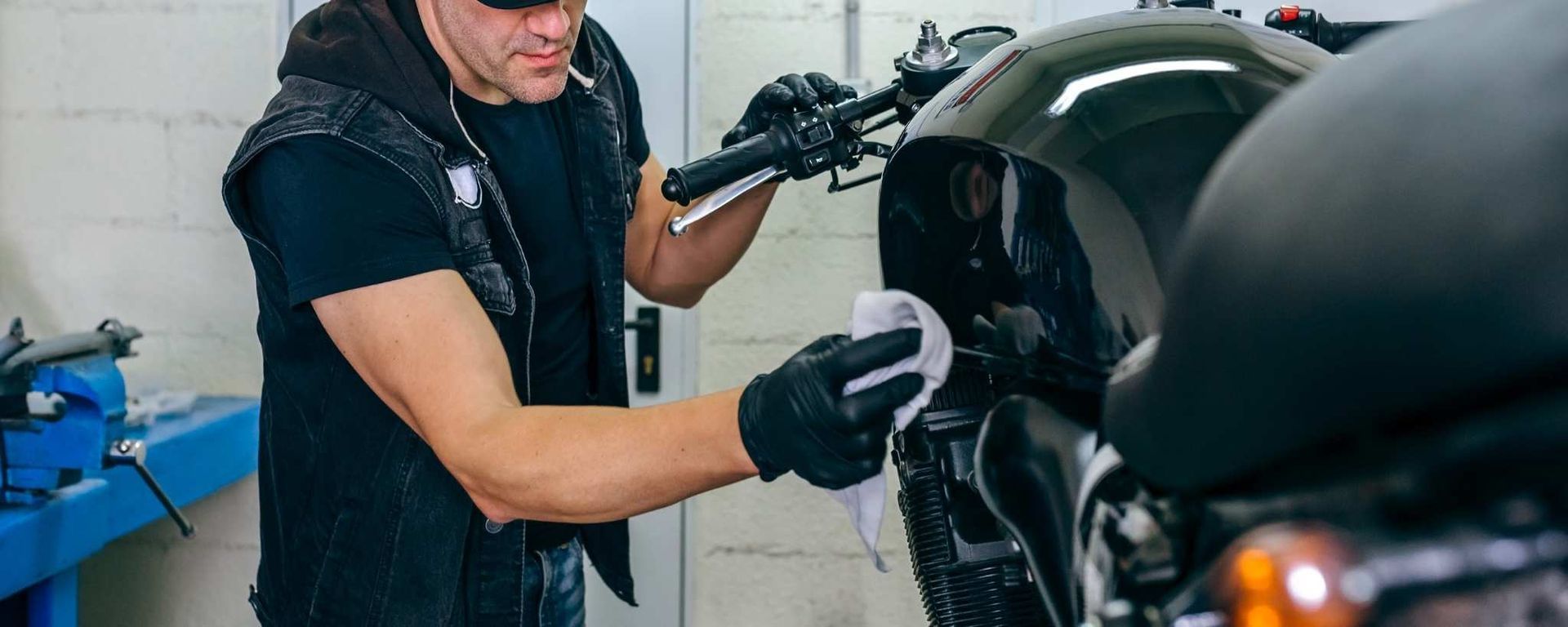
What is Ceramic Coating and Why It's Popular
Ceramic coating is a liquid polymer applied to a vehicle's exterior. It bonds with the paint and forms a protective layer that repels dirt, water, UV rays, and even light scratches. Unlike traditional wax, it doesn't wash away easily and can last for years with proper care.
The rising popularity of ceramic coating is due to its glossy finish and ability to keep a car looking "brand new." It's especially attractive to people who want low-maintenance shine and better paint longevity.
Understanding the Science Behind Ceramic Coating
Ceramic coatings are usually made from silicon dioxide (SiO₂) derived from natural materials like quartz or sand. Once applied, it forms a strong chemical bond with the car’s paint. This creates a semi-permanent layer that protects against:
- UV damage
- Oxidation
- Chemical stains
- Water spots
Unlike wax or sealants, it doesn’t just sit on the surface—it becomes part of it.
Types of Vehicles That Benefit the Most
Ceramic coating isn’t just for sports cars. Here’s a quick breakdown of vehicle types that commonly benefit:
Vehicle Type Why Ceramic Coating Helps
Sedans Protection from urban pollutants and sun exposure
SUVs Keeps paint safe from mud and debris
Motorcycles Easier to clean and shine
Boats Repels saltwater and algae
RVs Guards against fading and weathering
So yes—it can suit almost any vehicle. But there's a catch.
Is Ceramic Coating Good for Luxury Cars?
Absolutely. Luxury car owners often opt for ceramic coating to preserve that high-gloss showroom finish. These vehicles tend to have softer clear coats, which makes them more vulnerable to swirl marks and environmental damage.
Ceramic coating enhances the color depth and adds a hydrophobic layer, meaning water just beads off the surface. It’s a smart move to protect a high-value investment like a luxury sedan or sports coupe.
Ceramic Coating for Daily Drivers
If you drive your car every day through traffic, rain, sun, and grime—ceramic coating can save you a ton of cleaning time. The coating minimizes dirt buildup, making washes quicker and less frequent.
But for budget cars, the price of ceramic coating might feel steep. Still, if you’re planning to keep your car for years, it’s a great long-term value booster.
Can Ceramic Coating Protect Off-Road Vehicles?
Off-road vehicles face extreme conditions—mud, stones, water, tree branches, and more. A ceramic coating can help protect the paint from these elements. It won’t make your vehicle invincible, but it reduces scratching and makes cleaning after a trail run much easier.
In fact, many off-road enthusiasts pair ceramic coatings with paint protection film (PPF) for extra durability.
Motorcycles and Ceramic Coating
Two-wheelers may not have as much surface area, but they’re equally vulnerable. A ceramic coating on a motorcycle helps prevent paint fade, makes cleaning bugs and tar easier, and keeps chrome parts gleaming.
Also, the high temperatures near the engine can be brutal on paint—and ceramic coating helps resist that heat better than wax.
Trucks and Heavy-Duty Vehicles
Work trucks or utility vehicles that see harsh weather, gravel roads, or heavy hauling can benefit from ceramic coating too. It won’t protect from dings and dents, but it can definitely reduce corrosion and improve washability.
The tough coating acts like a barrier, which is ideal for trucks used in construction, farming, or transport.
Is Ceramic Coating Safe for Electric Vehicles (EVs)?
Electric cars often have specialized, lightweight paint materials to reduce weight and increase efficiency. The good news? Ceramic coating is safe for EVs and even enhances their futuristic appeal.
Tesla owners, for instance, are among the top buyers of ceramic coating services.
Ceramic Coating on Older Vehicles
Older cars with faded paint may not benefit as much unless they undergo paint correction first. Ceramic coating doesn’t hide flaws—it seals them in.
However, with a good polish and prep, even older vehicles can look years younger with a coating.

New Cars and Ceramic Coating
The best time to apply ceramic coating? When the car is brand new.
A clean, fresh clear coat bonds better with the ceramic layer. Many dealerships now offer ceramic coating as an add-on for new vehicles—just make sure it’s professionally applied.
Benefits of Ceramic Coating
Let’s recap what makes ceramic coating worth it:
- Paint protection: Resists oxidation, fading, and chemical stains
- Easy cleaning: Dirt and grime don’t stick
- UV resistance: Prevents sun damage
- High gloss: Enhances paint shine
- Water repellency: Hydrophobic surface
- Resale value: Keeps your car looking newer
Common Myths and Misconceptions
Let’s clear up some confusion:
- It’s not bulletproof: It won’t protect against major scratches or accidents.
- It doesn’t eliminate maintenance: You still need to wash your car, just less often.
- It’s not permanent: Most coatings last 2–5 years and need touch-ups.
Professional vs DIY Ceramic Coating
DIY kits are cheaper, but don’t expect professional results. For a flawless, long-lasting application, a skilled detailer is the way to go.
Check out this Mobile Auto Detailing Service for professional-grade ceramic coatings that come with warranties and superior prep work.
Maintenance Tips After Coating
To keep that showroom shine:
- Wash with pH-neutral shampoo
- Avoid automatic car washes
- Use microfiber towels only
- Reapply maintenance sprays every 6 months
- Get annual inspections
Routine care makes your ceramic coat last longer and look better.
Cost Considerations by Vehicle Type
Here’s a general estimate:
Vehicle Type Approximate Cost
Compact Car $500–$1,000
SUV/Truck $800–$1,500
Motorcycle $300–$600
RV/Boat $1,500–$3,000
The price reflects prep work, brand of coating, and warranty terms.
When Ceramic Coating Might Not Be Ideal
Ceramic coating isn’t for everyone. Skip it if:
- Your vehicle’s paint is heavily oxidized
- You plan to sell your car soon
- You don’t have time for light maintenance
- You expect zero scratches or damage
Choosing the Right Detailer for Ceramic Coating
Not all detailers are created equal. Look for:
- Certified ceramic coating brands (like Gtechniq, Ceramic Pro)
- Good reviews and before/after photos
- Warranty-backed services
- Clear process including paint correction and curing
For professional help, don’t hesitate to Contact this certified detailer.
FAQs
Can ceramic coating be applied to matte paint?
Yes, but use a matte-specific product that preserves the finish without adding shine.
Does ceramic coating replace waxing?
Yes. You won’t need traditional wax once a ceramic coating is applied.
Will ceramic coating prevent scratches?
Only light scratches. It’s not a substitute for PPF or common-sense care.
How long does ceramic coating last?
Typically 2–5 years, depending on maintenance and product quality.
Can I apply ceramic coating myself?
Yes, but results vary. Professionals ensure durability and uniform finish.
Does ceramic coating work on vinyl wraps?
Yes, but use coatings specifically designed for vinyl surfaces.
Conclusion
So, is ceramic coating suitable for all kinds of vehicles? In most cases—yes! Whether you drive a luxury coupe, a daily sedan, a rugged off-roader, or a slick EV, ceramic coating offers clear benefits. That said, your expectations, vehicle type, and usage matter. It's not one-size-fits-all, but it’s certainly a smart option for most.
Links
